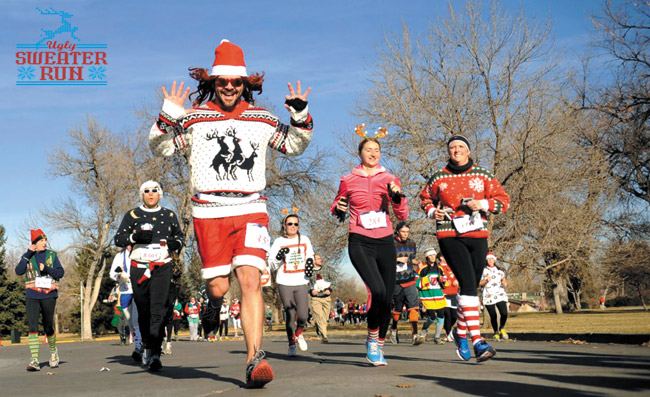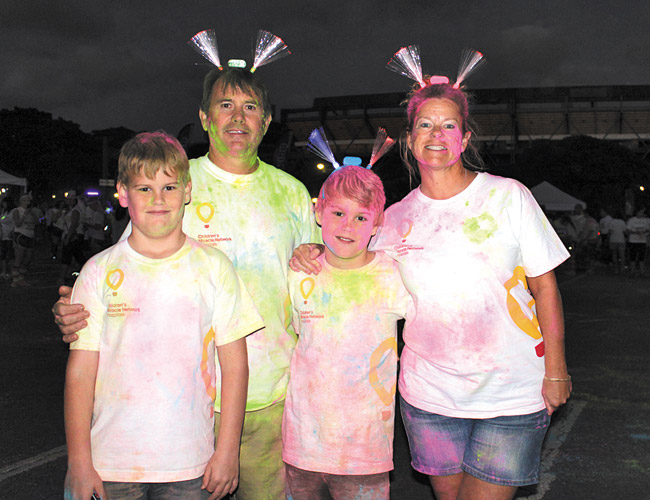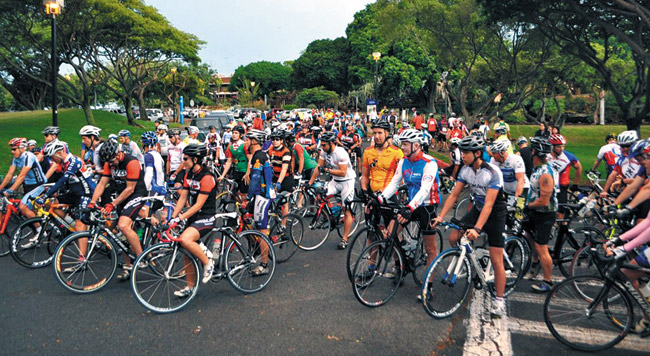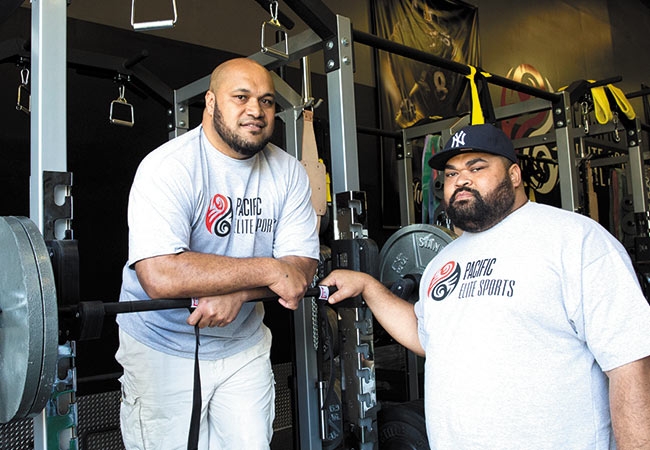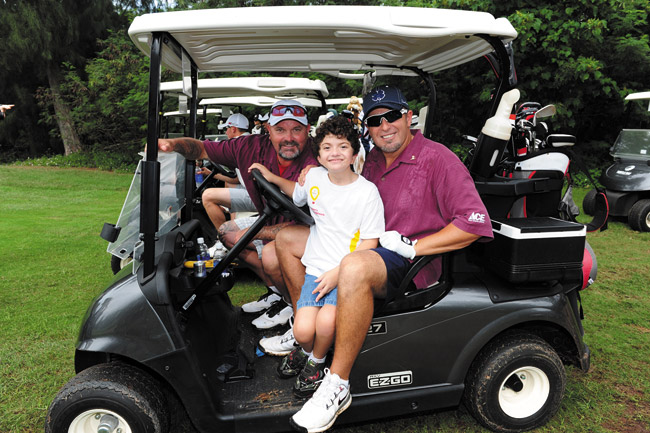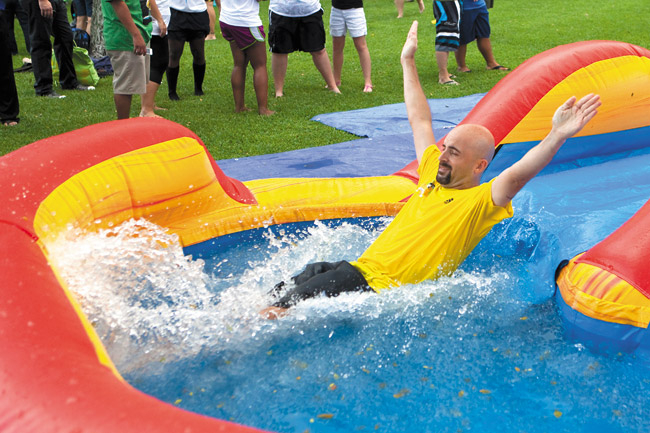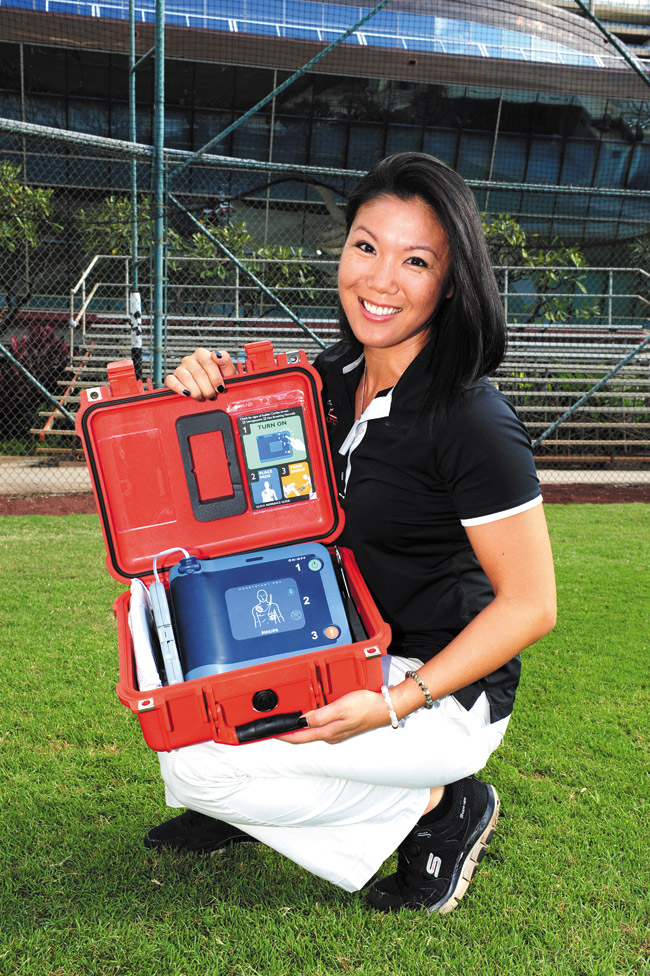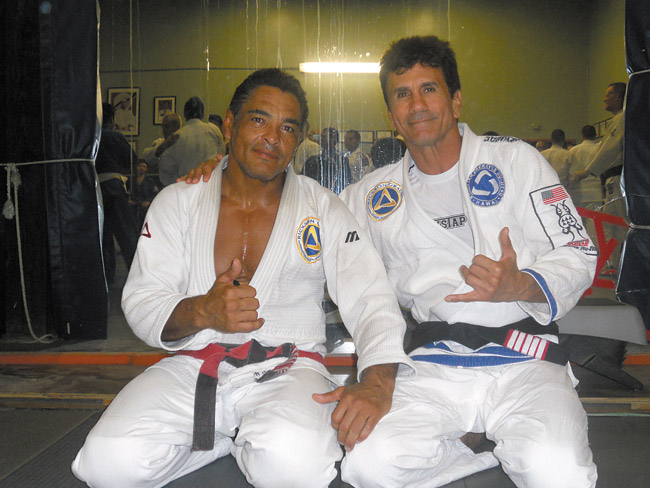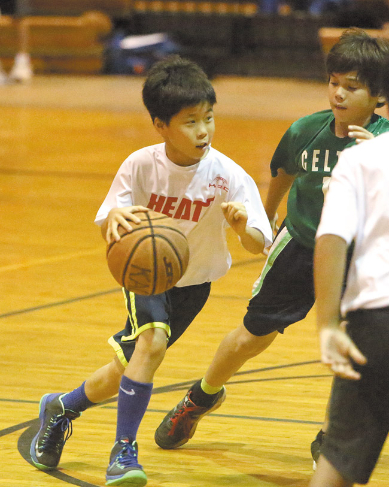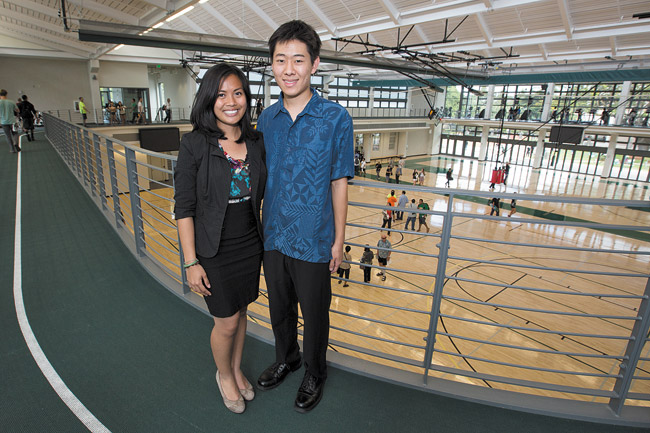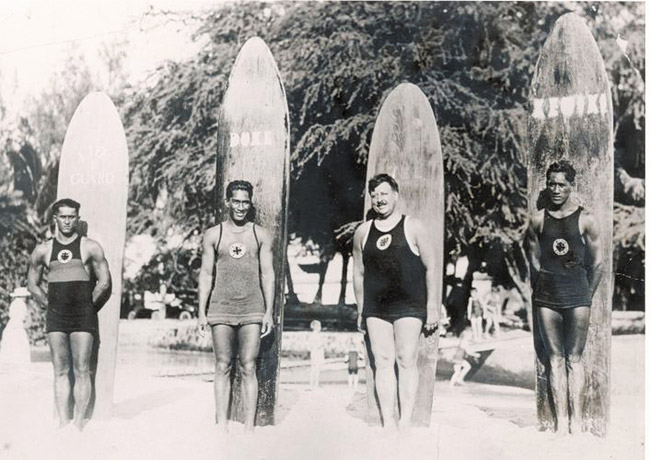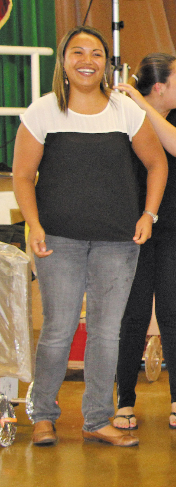Merry Christmas! So, did you get one of those ugly holiday sweaters for Christmas? If so, here’s your chance to show it off and start the new year right with a 5K run at the Waikiki Shell.
The Ugly Sweater Run is coming to Honolulu Jan. 4 at 9 a.m., featuring a winter wonderland complete with hot chocolate, holiday-themed stations and festive attire.
“At the start line we have these candy cane columns, and after that they will run into our hot chocolate station on the course, then there’s a reindeer crossing with huge inflatable reindeers that kind of cross over the path, and then they finish through an enchanted forest with huge inflatable Christmas trees, and we also have a 40-foot Santa,” explains Amber Di-Giallonardo of Human Movement Management, who is putting on the event.
There also will be a post-run festival area where participants (21 and older) will receive two free Samuel Adams beers (Samuel Adams Boston or Winter lagers or Angry Orchard Apple Cider). All participants also will receive an Ugly Sweater Run knit hat, a mustache temporary tattoo and unlimited hot chocolate. There also will be post-race contests with some great holiday prizes.
The Ugly Sweater Run started in 2011 in Louisville, Colo., where Human Movement Management is based. The idea was to get people out for a fun run during the winter season. The response was so positive that it quickly expanded to seven cities the next year. This year, there are Ugly Sweater Runs taking place in 32 cities across the U.S. and two in Canada. Honolulu will be the final event of the 2013 series.
“We’ve just seen huge support (for this event) – it’s during winter when there usually aren’t a lot of races going on, especially around the holiday season. Everybody is kind of busy or thinking about other things,” notes DiGiallonardo. “We really encourage people to come out to our event and brighten their spirits a little bit.”
For the record, I personally think holiday sweaters are fun, festive and even cute.
And while participants are encouraged to wear an “ugly sweater,” it is not required.
“We classify this as a fun run – it’s for anyone,” adds DiGiallonardo. “We encourage marathon extraordinaires or someone who is doing their first 5K. It’s dog-friendly. It’s child-friendly.”
Cost for The Ugly Sweater Run is $44 ($50 day of registration). Make a team of four or more and pay $39 per person ($45 day of registration).
Participants also are encouraged to bring a new toy to be donated to Make-A-Wish Hawaii.
To register, visit www.theuglysweaterrun.com. yting@midweek.com
